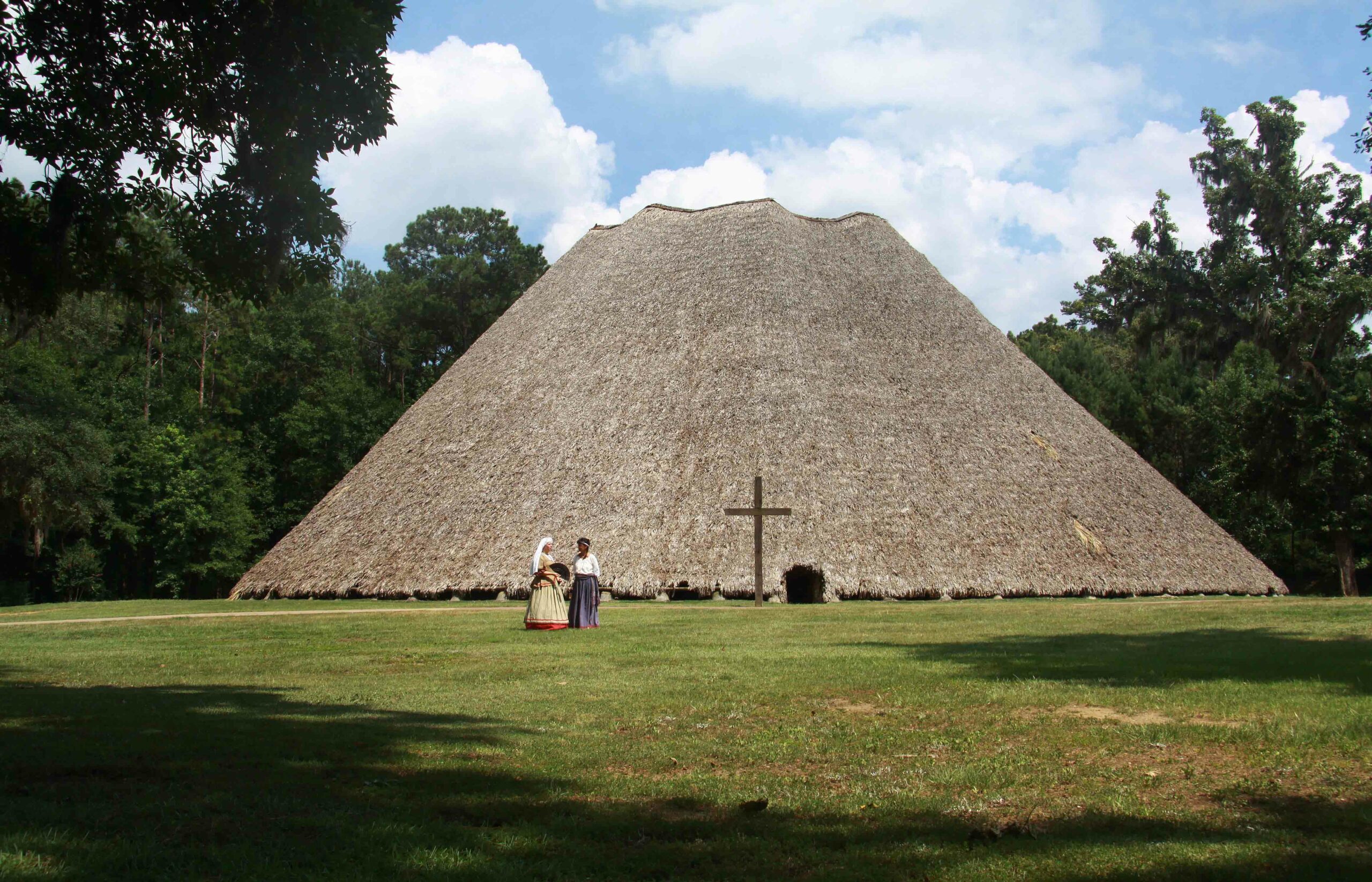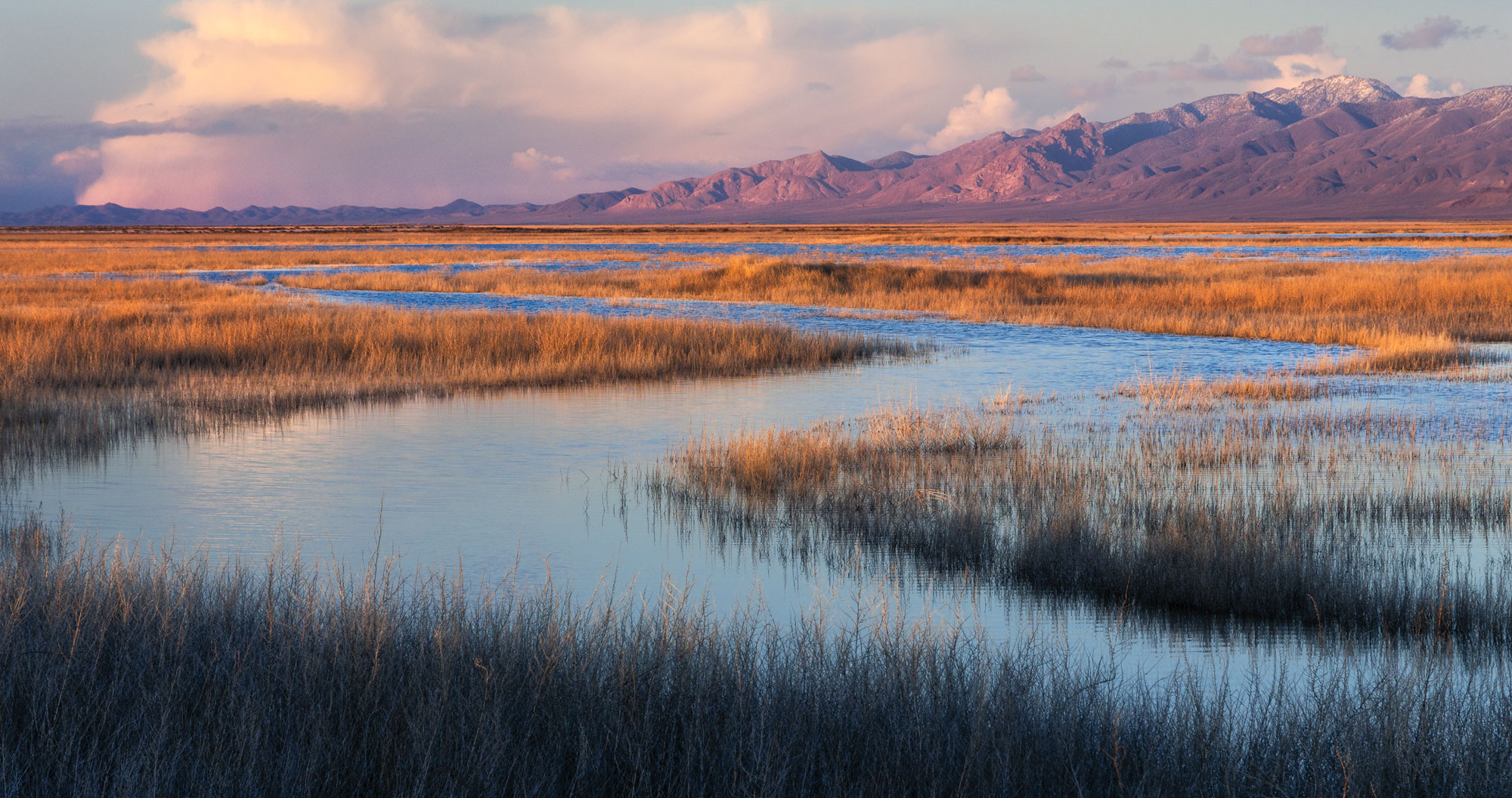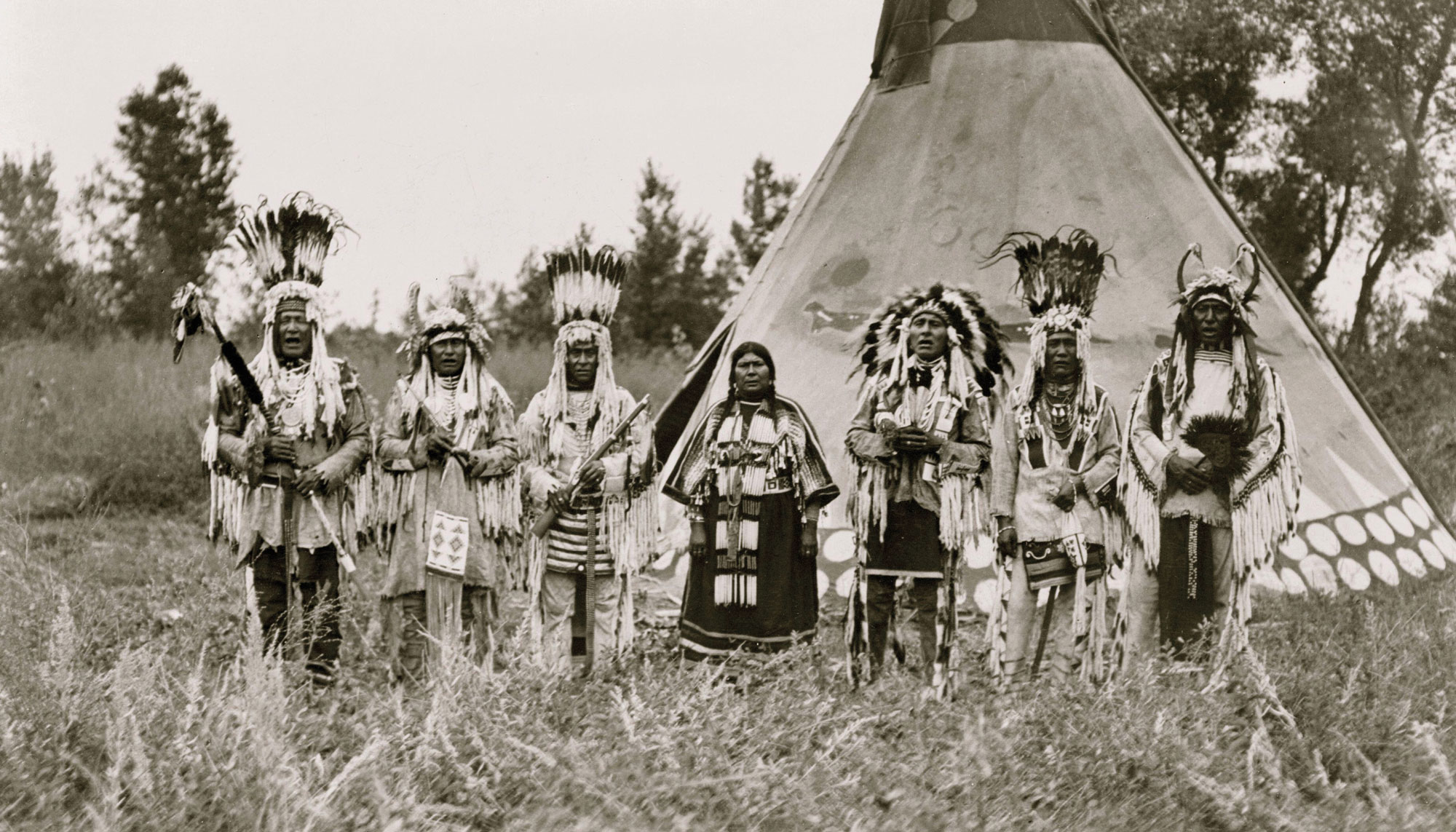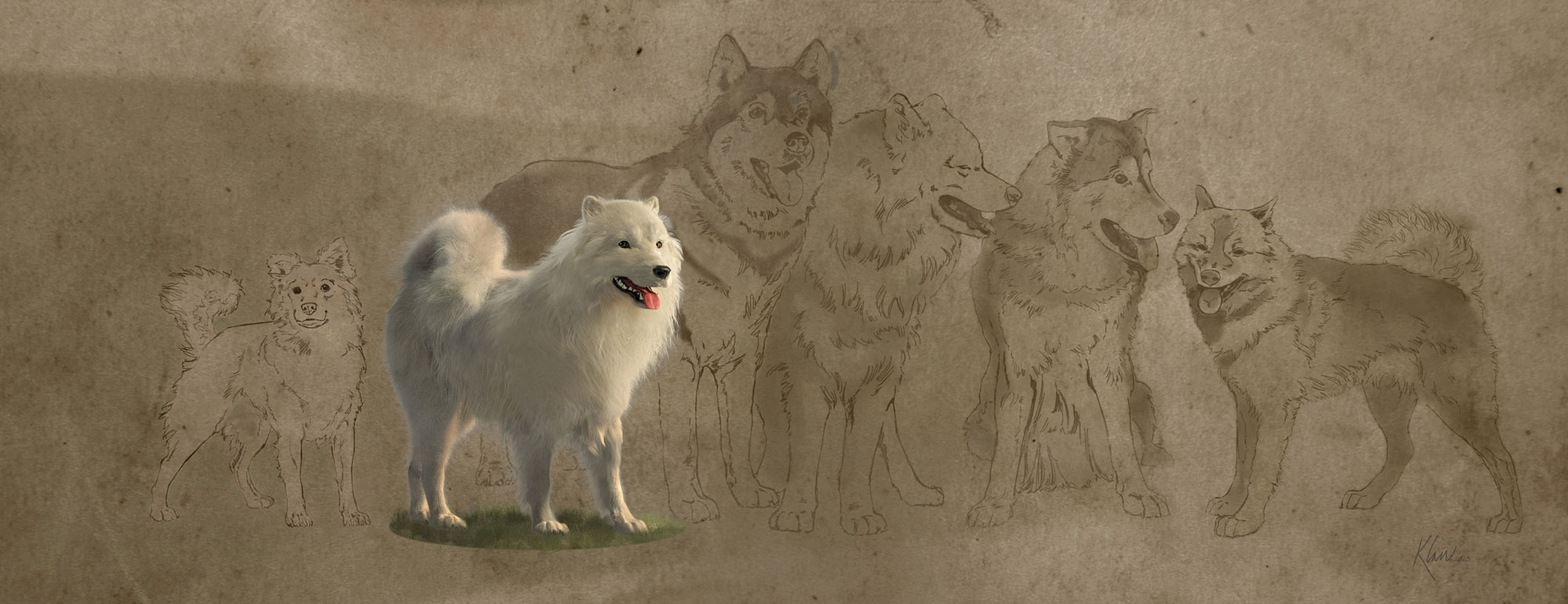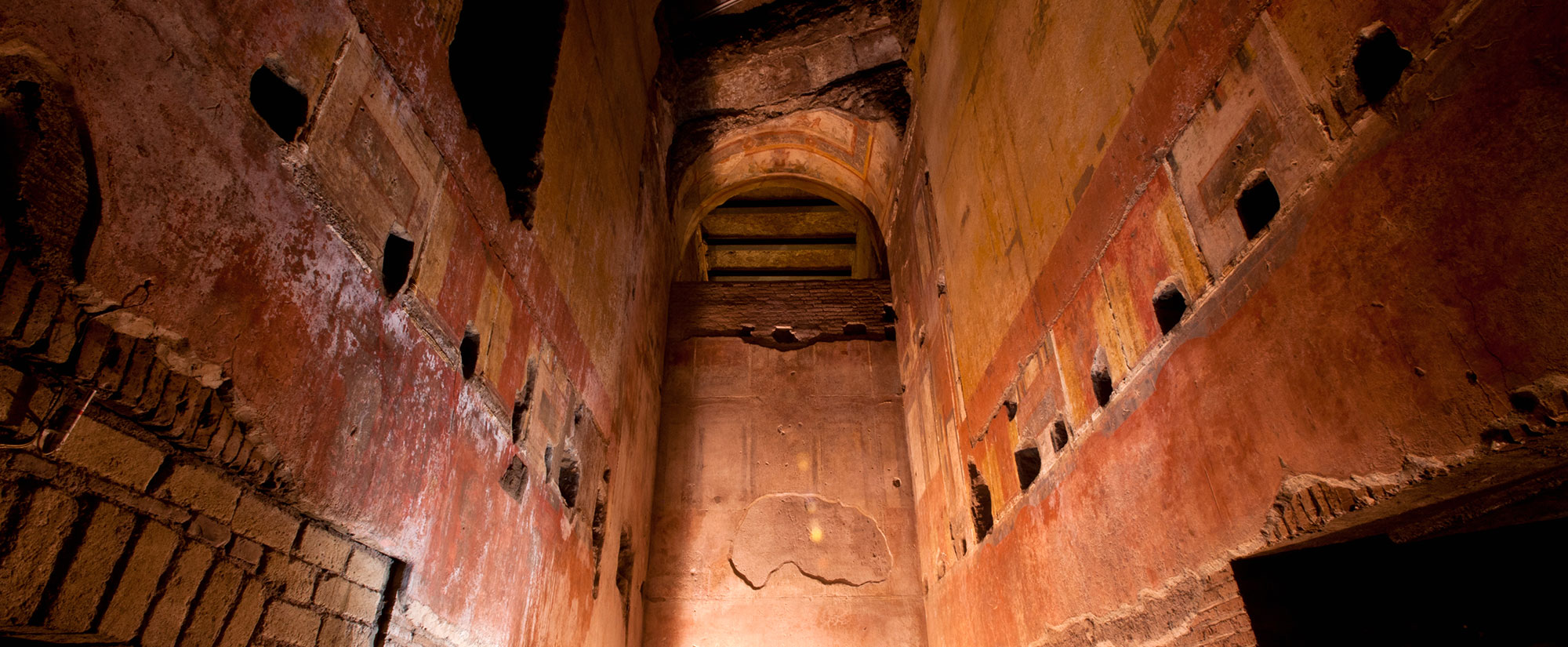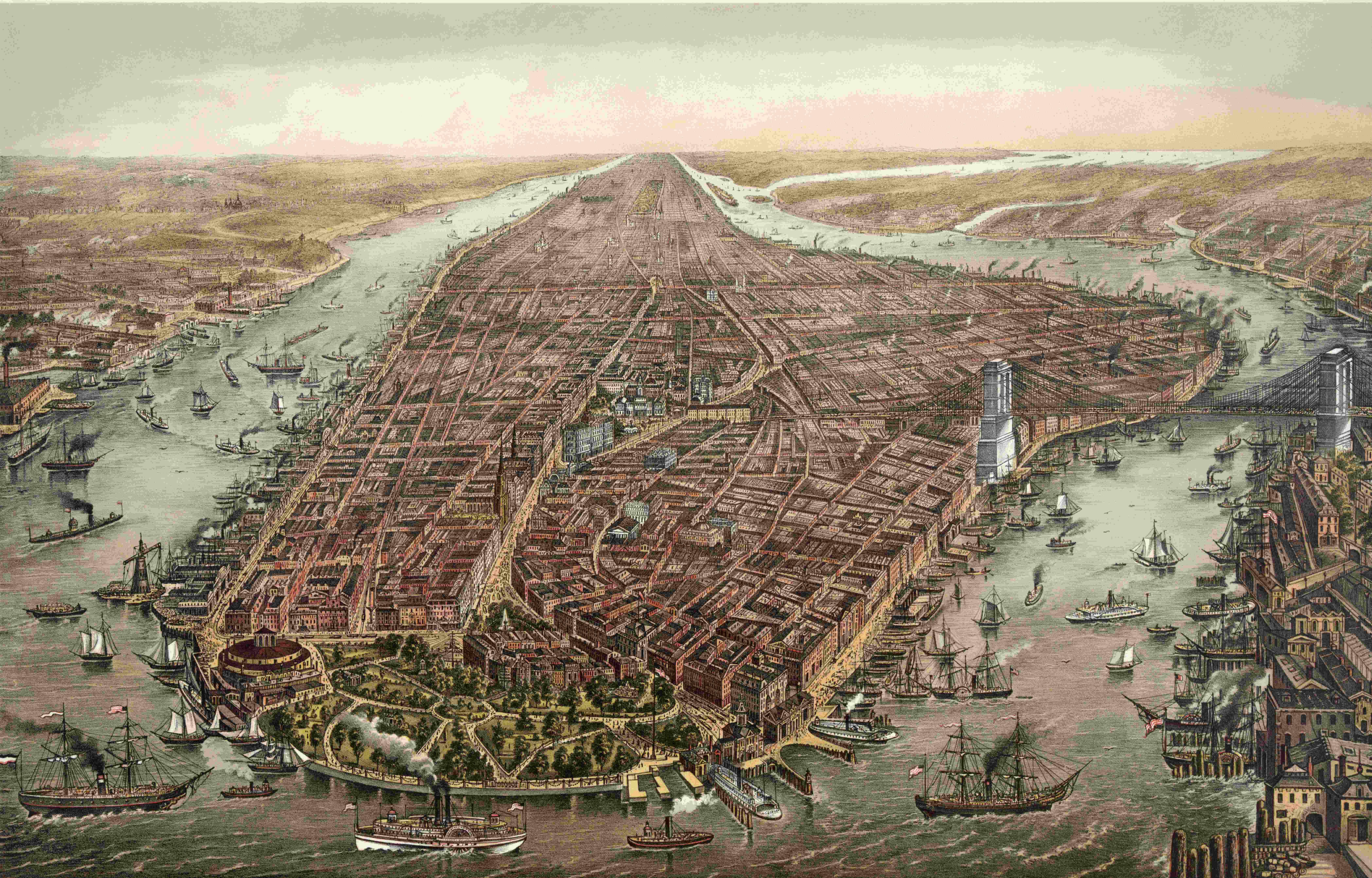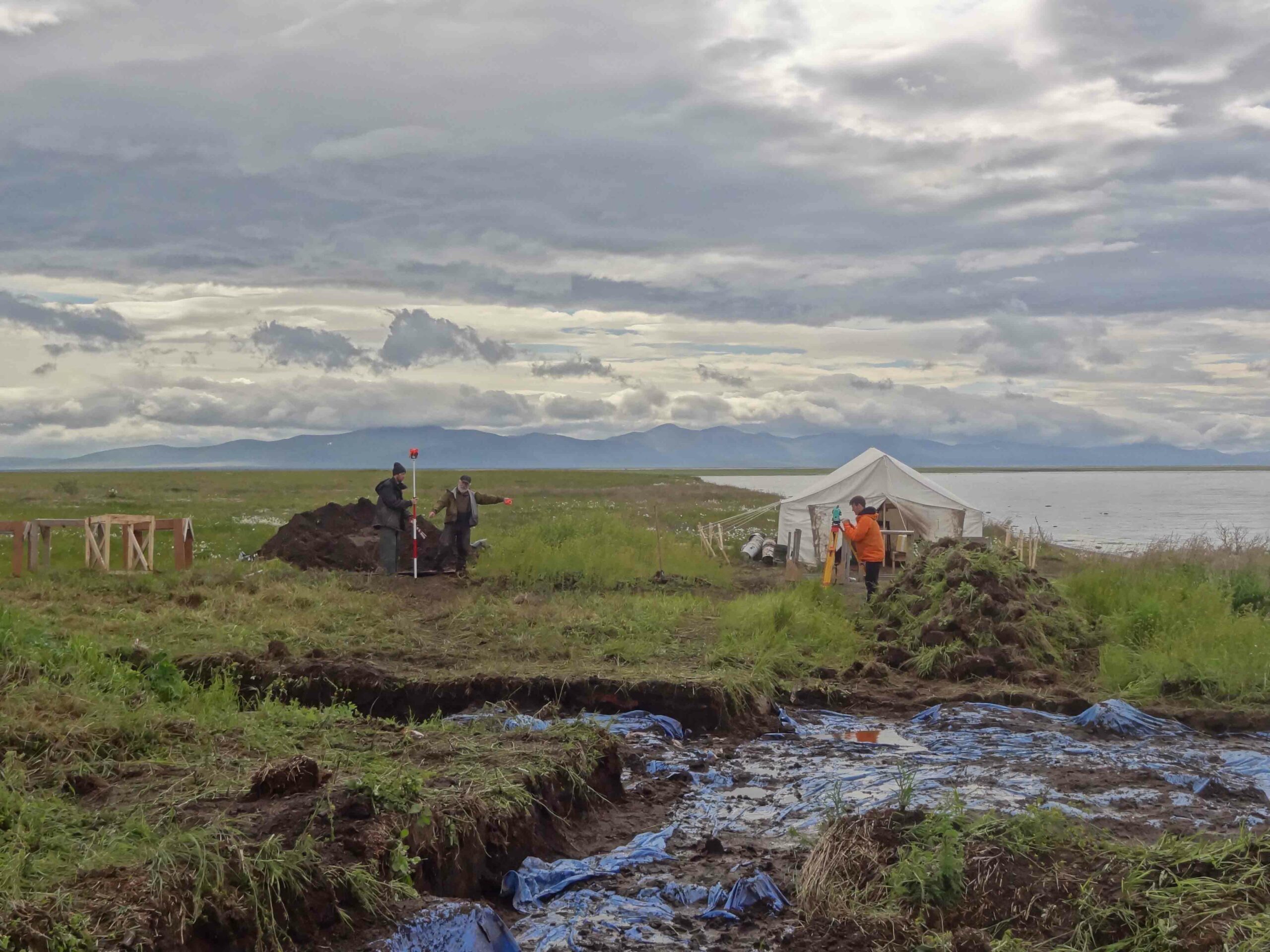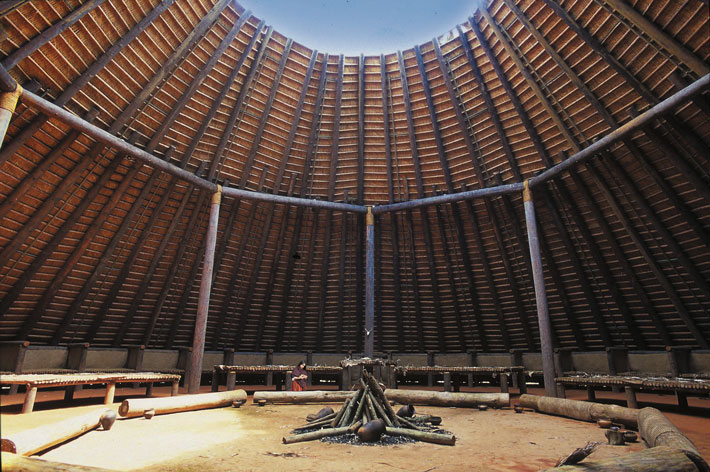
On a broad hilltop in the heart of Tallahassee, Florida, is Mission San Luis, a site with a deep history involving the Apalachee Native Americans and Spanish missionaries. In the mid-1500s, Hernando de Soto visited Anhaica, the capital of the Apalachee, an Indian nation so prominent that mapmakers bestowed its name on distant mountains: the Appalachians. In 1656, the Apalachee chief agreed to move his people a few miles away to Mission San Luis, the capital of Spain’s settlements in western Florida. There, Spanish friars baptized thousands of the Native Americans. Amid conflict between the Apalachee, other Native American groups, the Spanish, and the English, the mission was destroyed in 1704.
According to Grant Stauffer, a graduate student at Texas State University, archaeologists consider Mission San Luis unique because, unlike St. Augustine, Spain’s capital in eastern Florida, the village offered a unique cultural mash-up, where Spanish settlers, priests, and soldiers lived and worked side by side with Apalachee families.

THE SITE
Unlike the grid that dominates St. Augustine, Mission San Luis was laid out using the traditional circular pattern of Native American towns of the region. Covering 60 acres, the site included the Spanish garrison, the central plaza/ball court, a monastery, and the surrounding village. Few remains of these buildings exist today, but the site has been reconstructed on the basis of archaeological finds. Two decades of fieldwork provide Mission San Luis with one of the largest and most diverse collections of seventeenth-century Spanish and Apalachee materials, including nearly a million artifacts.
The primary ceremonial and political center of the Apalachee capital was the council house, which has also been reconstructed, a circular building designed around a central fire, considered one of the largest Native American ceremonial structures in the southeast. In the circular ball court, which features a ceremonial ball pole, the Apalachee played a stickball game tied to political succession. The myth surrounding the game, which was eventually abolished by the Spanish, is considered the oldest recorded myth in North America.
WHILE YOU'RE THERE
Tallahassee’s rolling hills, classic architecture, and tree-lined streets have the flavor of the Old South. At Lake Jackson Mounds, one can see two mounds made by the ancestors of the Apalachee, with even older examples at the nearby Letchworth-Love Mounds. Visitors can also spend a day exploring the Maclay Gardens, especially in the spring, when the dogwoods and azaleas are in bloom.


